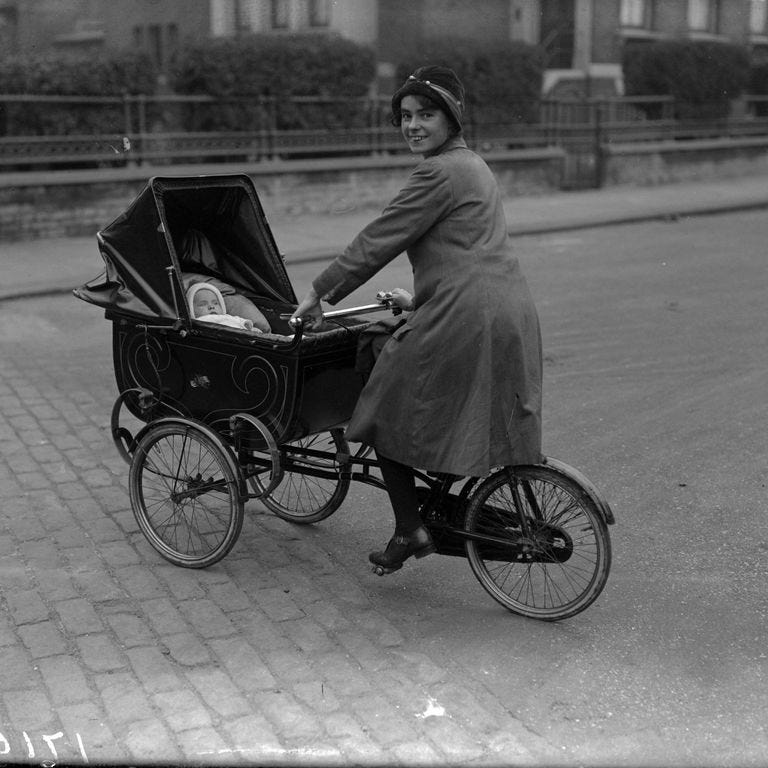Time to Move
In this edition of The Rundown, massage meets vibration tech, the best time for a workout depends on your sex, and exercise motivation might be a gut feeling.
The Rundown
Massage+. Massage balls meet vibration technology in two products from Hyperice. The Hypersphere and Hypersphere Mini both have three levels of vibration and simple to understand LED read-outs that show battery life and intensity levels. A rubber coating helps the balls stay in place when you’re not using them on a mat. The Mini has a more powerful motor and is about the size of a lacrosse ball.
Time to Move. The debate over the best time of day to exercise is a long-running one and a new study suggests that the answer may differ by sex. Researchers at Skidmore College in New York found that for men, evening exercise was more effective than morning exercise while for women, the results varied, depending on what they wanted to get out of the routine.
The study followed 27 women and 20 men (all aged between 25 and 55) who participated in a 12-week exercise program where they were trained by coaches in one-hour sessions four days a week, focusing on resistance, sprint interval, stretching or endurance training. They either trained between 6:30 and 8:30 a.m. or 6:00 and 8:00 p.m.
Everyone followed a healthy meal plan and all participants had active lifestyles. Health measures including blood pressure, distribution and percentage of body fat and blood biomarkers were compared before and after the 12-week program and the participants completed questionnaires about their mood and food satiety.
The health and performance of all the men and women improved over the trial, no matter what time of day they exercised, but there were differences in the degree of improvement in some measures.
Lead author Dr. Paul Arciero sums up the results, “For women, exercise during the morning reduces belly fat and blood pressure, whereas evening exercise in women increases upper body muscular strength, power, and endurance…For men, evening exercise lowers blood pressure, the risk of heart disease, and feelings of fatigue and burns more fat, compared to morning exercise.”
Gut Feeling. Can our gut bacteria impact our willingness to exercise? In new research using mice, scientists at the University of California, Riverside found a connection between gut microbiome and voluntary physical activity, which raises the possibility of therapeutics that could help get people moving.
For the study, one group of mice was engineered to be high-level runners and a second group was used as a control. The mice were given antibiotics to kill essential species of gut bacteria. In the athletic group, the wheel-running capacity dropped by 21 percent. The behavior of the control group was not impacted by the treatment and neither group was sick, which allowed the team to connect the effects to the missing bacteria.
The researchers believe that gut bacteria play a role in transforming carbohydrates into chemicals that regulate muscle performance, which means that certain microbes could be used as therapeutics to increase a person’s motivation to exercise. The next step is to pinpoint the right microbes.
Replay
This week’s vintage moment in fitness culture is brought to you by a multi-tasking mom, 1926. Photo credit: Fox Photos/Getty Images.




